How to attract hummingbirds to your backyard, according to ornithologists
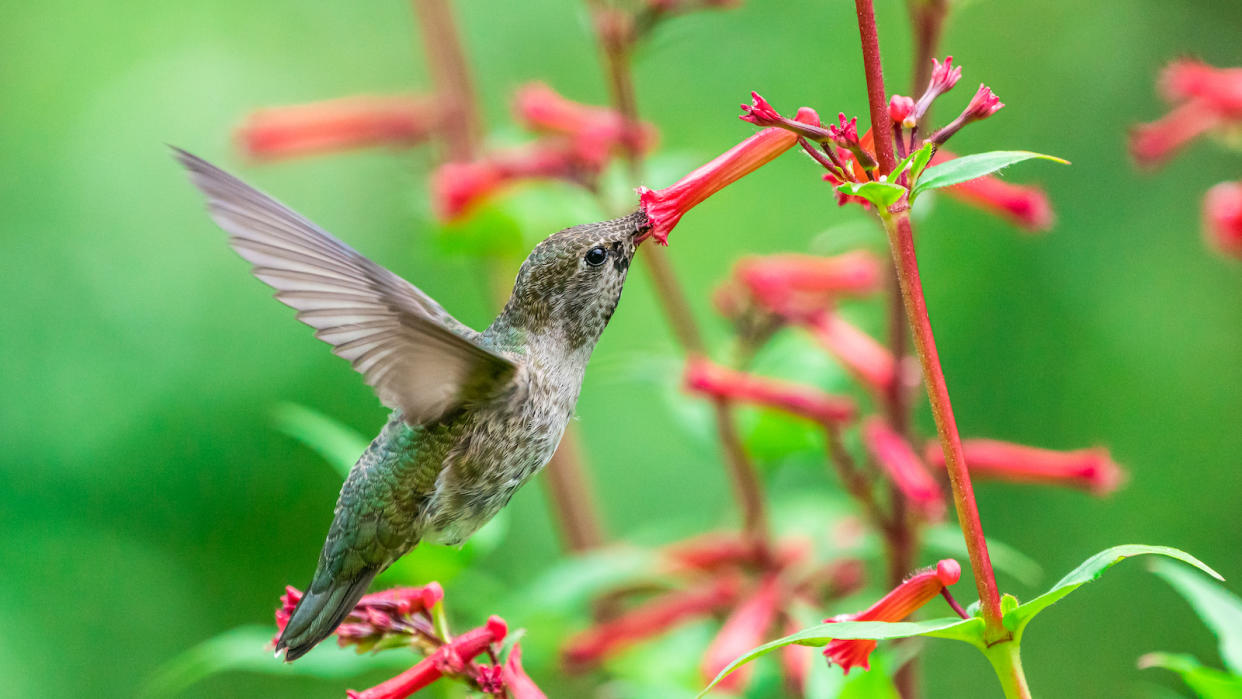
Our expert ornithologists will help you learn how to attract hummingbirds to your backyard and get these flighty friends coming around more often.
Whether it's maintenance suggestions for your yard, or specific plants to attract hummingbirds, these experts tips will ensure your outdoor space is truly ready to receive these magical little birds. Plus, our pros reveal what might be putting your winged friends off making a pit-stop and how to fix it.
Small garden ideas feel more complete with a few feathered visitors, so prep your space for these gorgeous creatures and enjoy them throughout the summer.
How to attract hummingbirds to your backyard
Around the time you begin executing your outdoor spring decor ideas, hummingbirds are getting ready to make their way across the US, and they're moving fast.
Ruby-throated hummingbirds, which frequent the east, are capable of flying for 500 miles non-stop, and the Rufous Hummingbird of western North America can travel up to nearly 4,000 miles between Alaska and Mexico, according to the Associate Director at Washington College's Foreman's Branch Bird Observatory, Maren Gimpel.
"Whether they are migrating through or staying in your yard for the season, there are several ways to make life easier for these incredible birds," she says.
Here's how to win them over these migrating birds after their long journey.
1. Plant native flowers
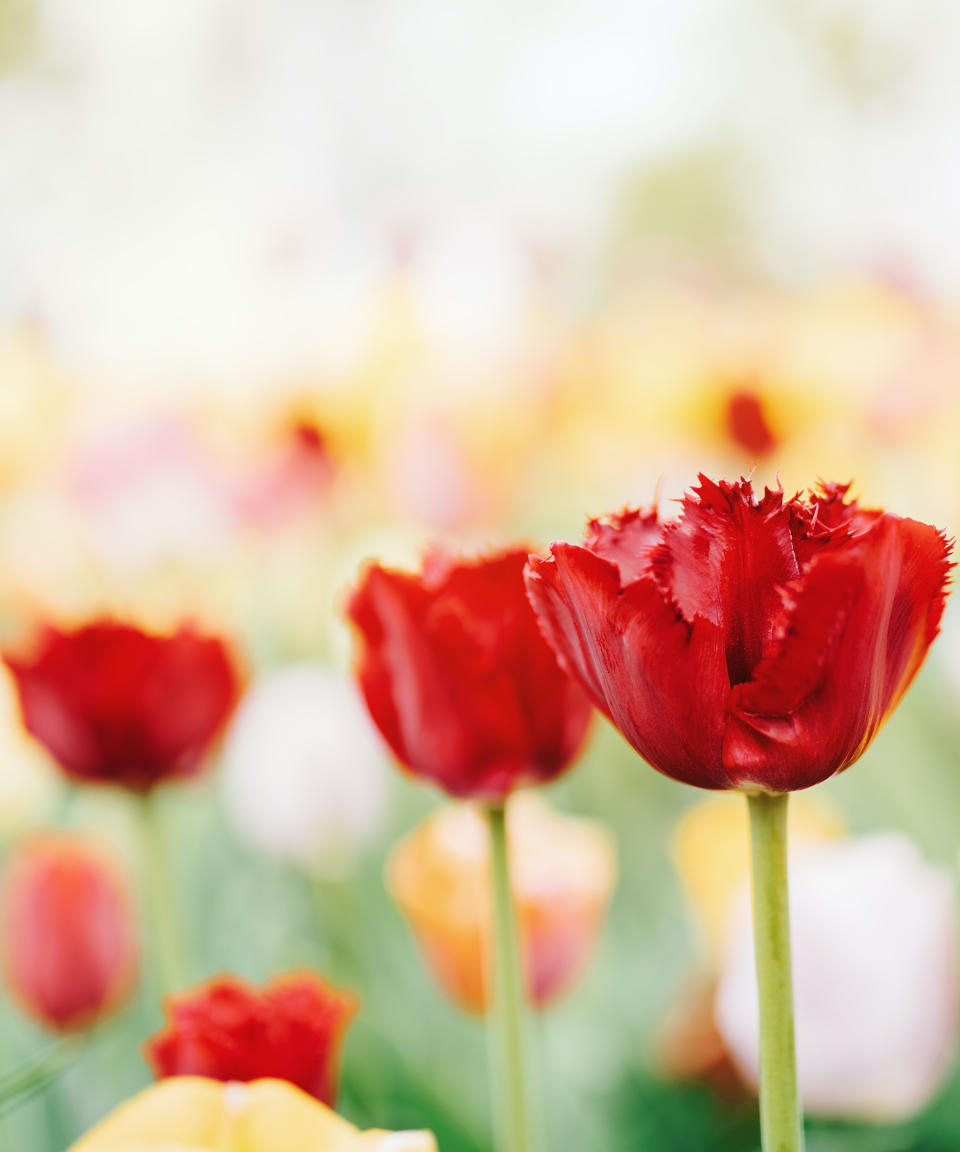
Take a look at what gardening zone you're in and find native flowers that will appeal to hummingbirds. They tend to go googly-eyed over the color red and head towards plants that will provide them with nectar, including tulips and coral bells.
According to Maren, it's a win-win situation for you and your garden guests. "You will enjoy beautiful blooms and the hummingbirds get natural nectar."
But you do have to be cautious. Experts from the American Bird Conservancy warn that you must work with seeds and plants that are free of neonicotinoids. You can check this at your local nursery before buying any new ones to pop into your garden.
These pesticides are not only toxic to bees, but can be deadly for hummingbirds.
Once you have the basics down, it's a matter of figuring out when to get your outdoor space ready. Like much of gardening, selecting the proper florals, for birds and humans alike, will depend on where you live.
"In some locations [hummingbirds] are around year-round, such as in the Southwest U.S. and even the Pacific Northwest," says Dr. Emma Greig, Ph.D., leader of Project FeederWatch at the Cornell Lab of Ornithology. "But in much of the U.S., they show up in spring and stay through the summer, migrating south once the cold weather arrives."
2. Avoid pesticides
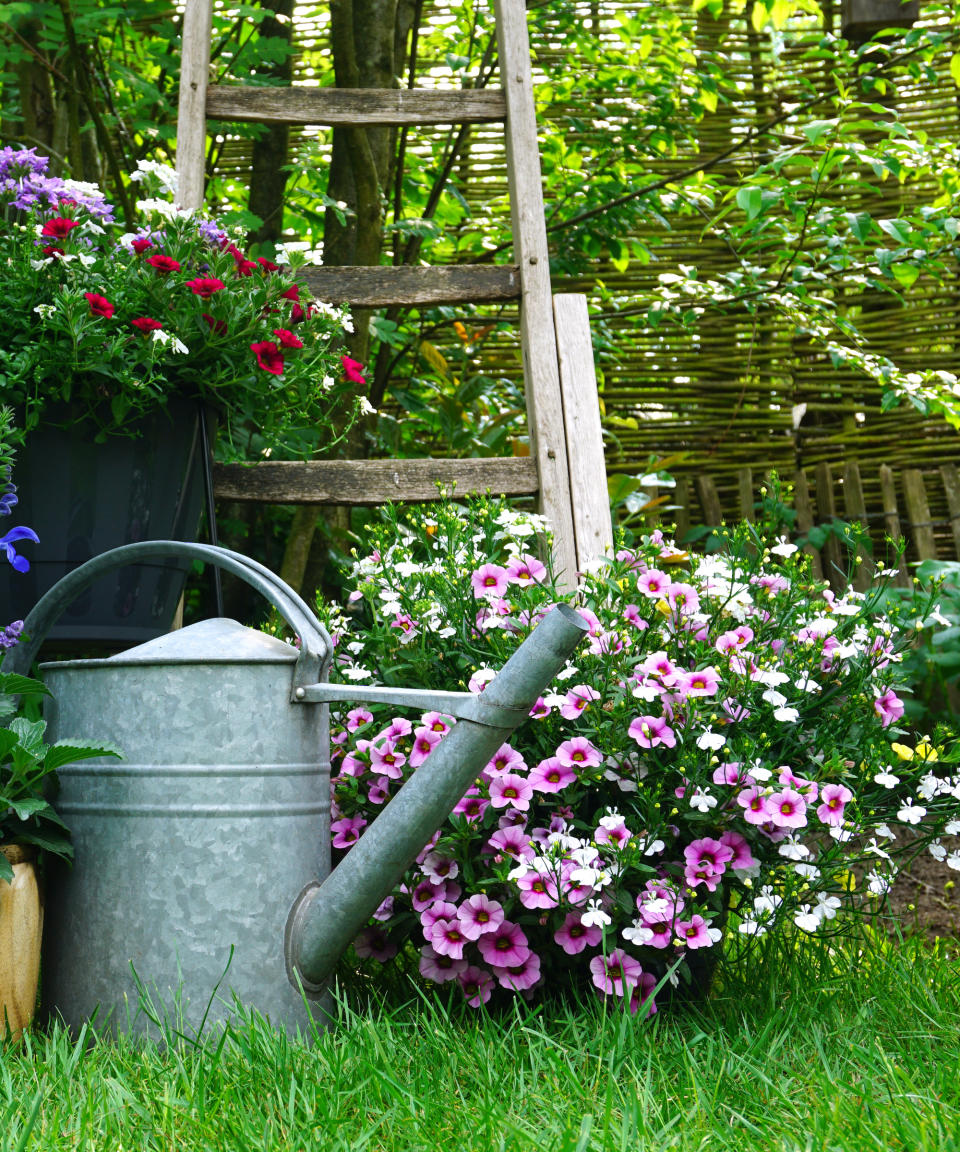
Just as much as hummingbirds enjoy nectar, they enjoy feasting on insects. Oftentimes when they're making themselves comfortable in a honeysuckle or trumpet creeper, they're just not sipping their drink of choice — they're nibbling on critters for protein and gathering food for their young. Spraying your flower beds with pesticides will kill off their food source.
"Spraying your yard with pesticides can eliminate insects that hummingbirds need. Avoid doing this at all costs," Emma urges.
If you're struggling with bugs but still want to save some for the birds, explore our favorite non-toxic pest control solutions for planet-friendly gardening. You can also use Irish Spring soap to put off bugs and critters.
3. Use a hummingbird feeder
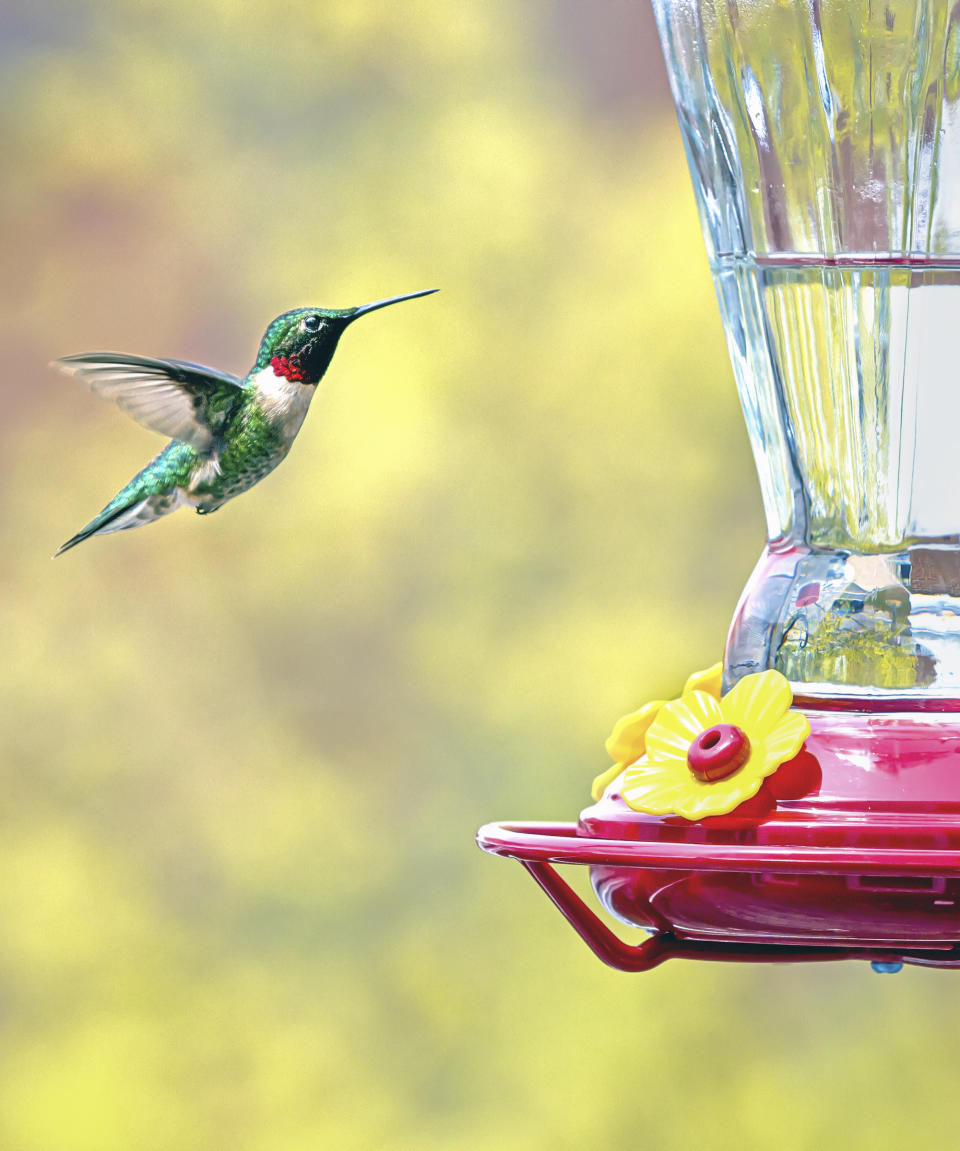
A hummingbird feeder is a great way to get the birds' attention, particularly if it's red, as that's the color they scan for when flying. Just make sure whether you're using store-bought nectar or mixing your own for them that there's no red dye present. They might notice the color, but the food dye can be dangerous to them.
Emma recommends keeping the bird feeders in a visible area near some shade, if possible, as the birds will likely be anxious to cool down, and it'll keep the nectar from turning quickly. The height of the feeder doesn't necessarily matter as much as the color.
But don't expect immediate results. If you've figured out what to plant in May according to what's native to your locale and bought a bird feeder but still haven't caught sight of any visitors, that doesn't mean your efforts were for naught.
"Be patient. Often it takes a few days for them to notice the new food source," Emma insists. "Make sure you still change the nectar regularly, even if they aren’t visiting yet."
If you find that the sugar water concoction is getting more attention from ants than from birds, even with daily cleanings, try an appropriate accessory designed for the task. The red Holahoma Ant Moat for Hummingbird Feeder on Amazon is only $10 and comes in the birds' favorite color. It's made of stainless steel meaning even if you leave it out all year, it's not going to rust. Plus, the extra large capacity means less refill work for you.
Lastly, putting the feeder near the window will allow you a bird's eye view of your visitors, but keep in mind that the hummingbirds might fly into the windows and get hurt, so it's best to place them away from the house.
4. Get a bird bath
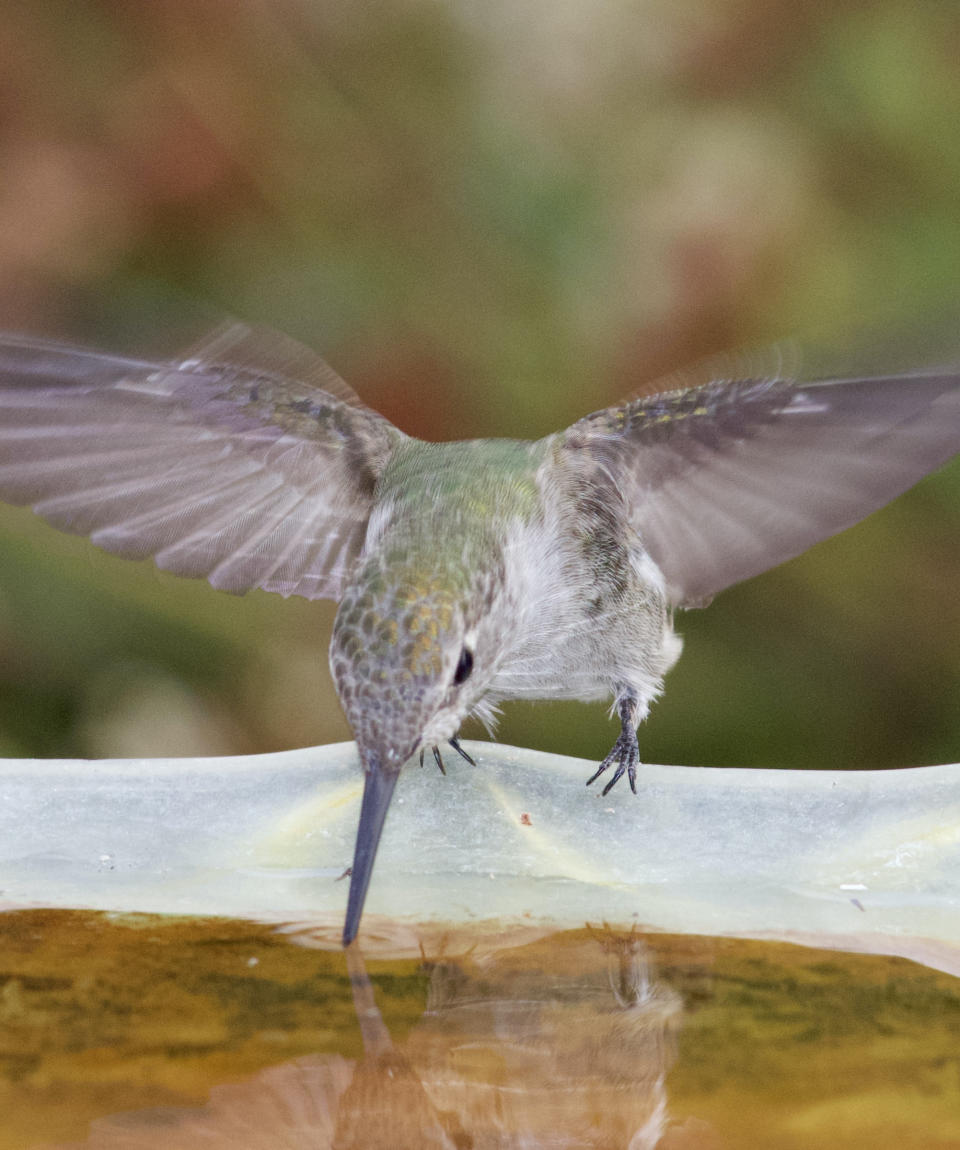
Who doesn't like to refresh after a long trip? If you were traveling 4,000 miles in a day like the Rufous Hummingbird of western North America, you'd want to wash off, too.
"They will also sometimes visit bird baths, so having a water feature available can be great for them," Emma notes.
The American Bird Conservancy provides an alternative if you're not willing to get a bird bath, or if you're not working with much room. A mister or dripper could do the trick. The Dreyoo Solar Bird Bath Fountain from Amazon was purchased over 700 times over the past month and we love the solar-power functionality, meaning no batteries, wires and it'll keep the planet happy.
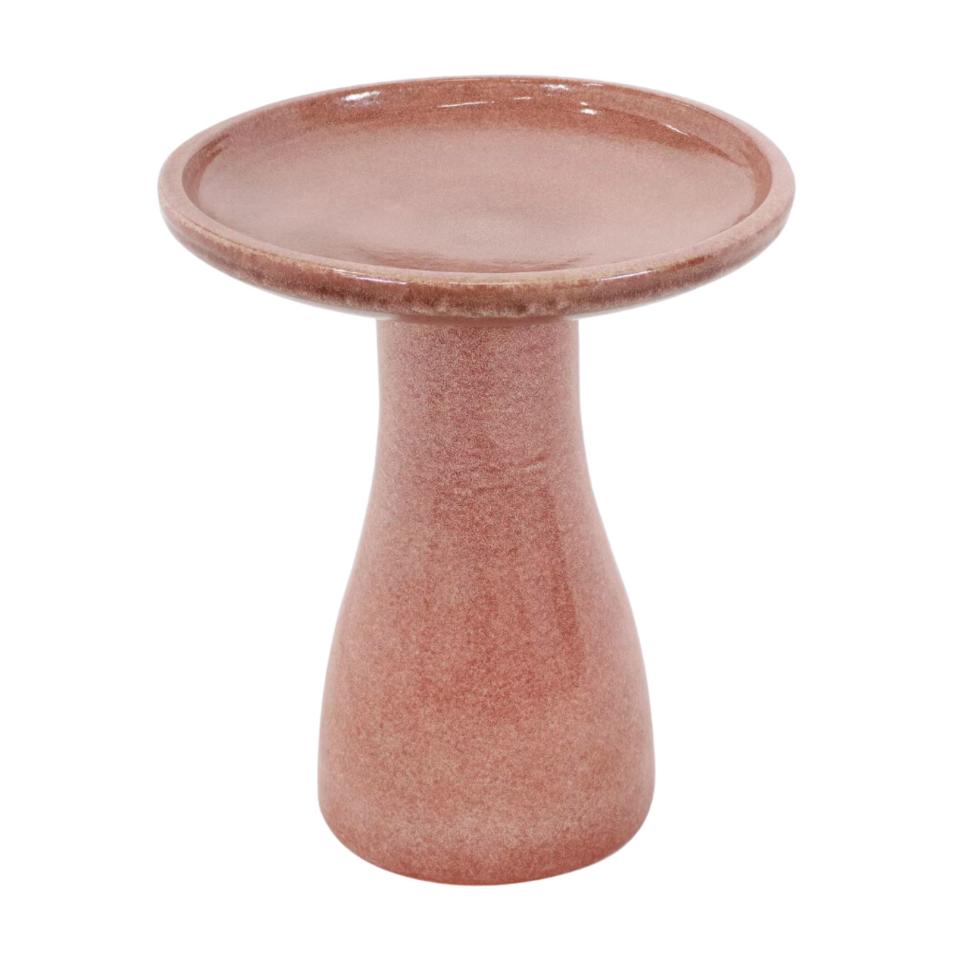
Sunnydaze Outdoor Bird Bath
Price: Was $248.99, now $199
Dimensions (in.): 18 x 18 x 21
Made from clay with a glaze finish, this weather-resistant red bird bath will certainly get hummingbirds' attention. Coloring might vary slightly from one item to the next as they are glazed manually and blasted in a kiln, meaning results can differ.
5. Spread things out
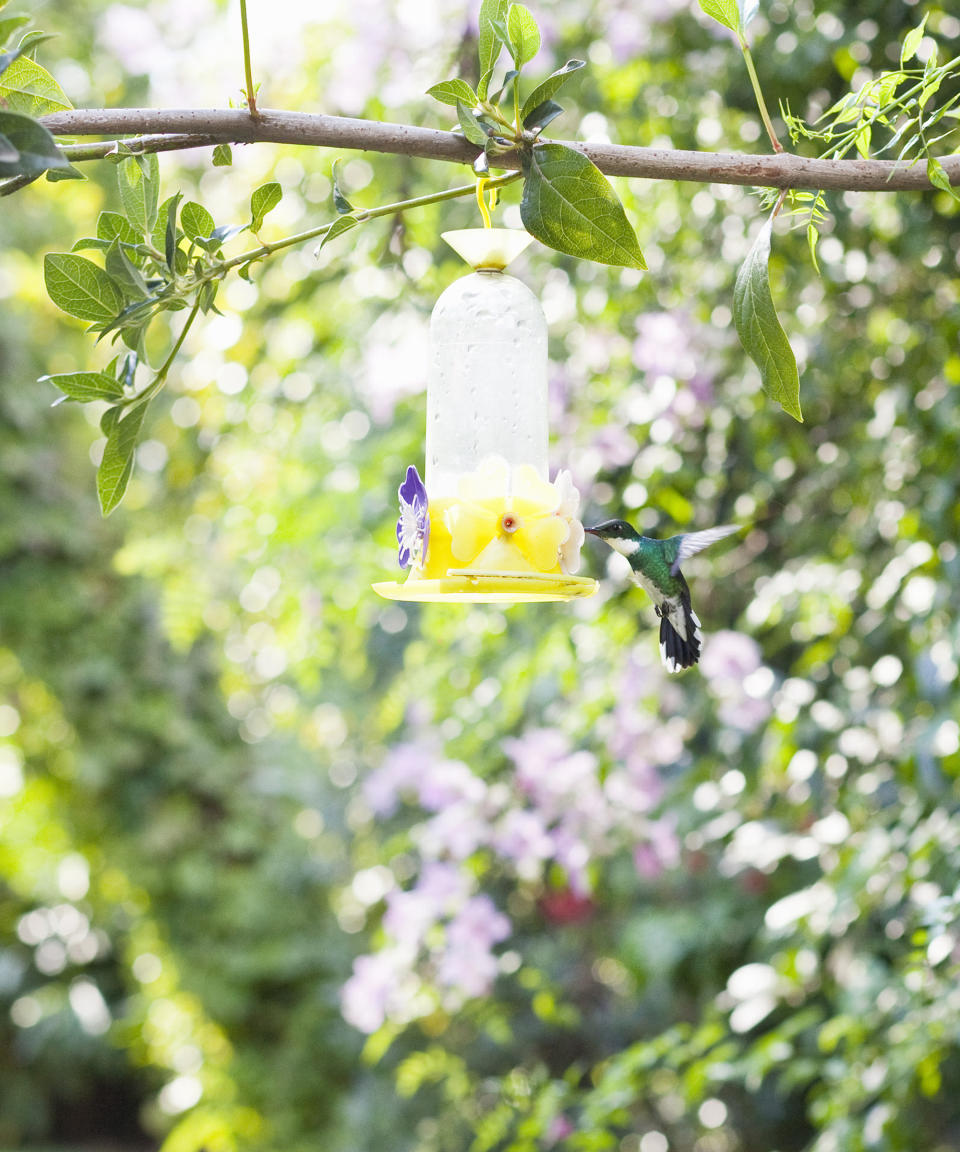
If a hummingbird were to shell out feng shui gardening tips, it'd suggest spacing things apart — the flowers, the feeder, and the bird bath. According to the American Bird Conservancy, they can get a little combative and prefer a bit of breathing room, and more than one feeder if possible. Who can blame them for not wanting to be crowded during chow or bathing time.
Since hummingbirds are always scanning their surroundings for good eats, protection, and a lack of predators, the organization also suggests giving the birds an unobstructed view. They want to be in the know, especially when it comes to their environment.
Meet our experts
FAQs
What to avoid when feeding hummingbirds
When feeding hummingbirds with a feeder, there are a few things you're better off not doing. The first thing is using red food dye as it will potentially harm them (even though they're attracted to the color).
Secondly, without proper care of the feeder, the nectar will spoil and cause the birds to get sick. Be mindful of your cleaning habits and bring the feeder to a secure location if there's bad weather approaching.
Rather than have all of the birds flock to one feeder, why not try getting more than one? This will give them ample opportunity to spread out. The budget-friendly JOIEDOMI pack of six hummingbird feeders from Amazon are a snip and will do the job nicely as they're visible, easy to hang and come loaded with cleaning brushes to clear out the narrow tube shape. We also like that they look like tropical decorations for your backyard.
What is a hummingbird's worst enemy?
According to the American Bird Conservancy, hummingbirds are on high alert when it comes to cats. If you have a feline companion, try to keep it indoors and away from the feeders.
Even if you are monitoring the feeder and your cat outdoors, both move very quickly and could potentially cause conflict with one another. ABC suggests that you place "any feeders, water features, or flowering plants away from, or well above, where sit-and-wait predators might pounce."
If you're not keen on attracting birds to your backyard, but you do have a cat that likes to wander through your outdoor space, make sure you're only opting for safe plants for cats to ensure their health and safety.

